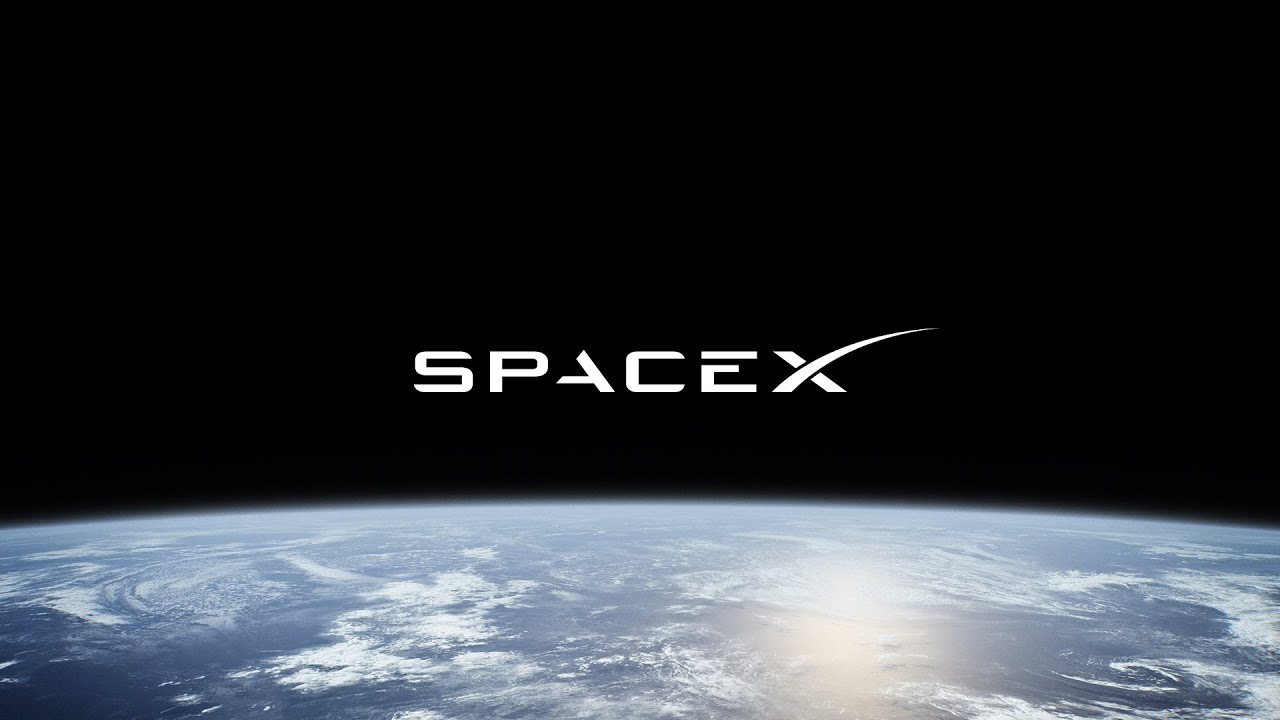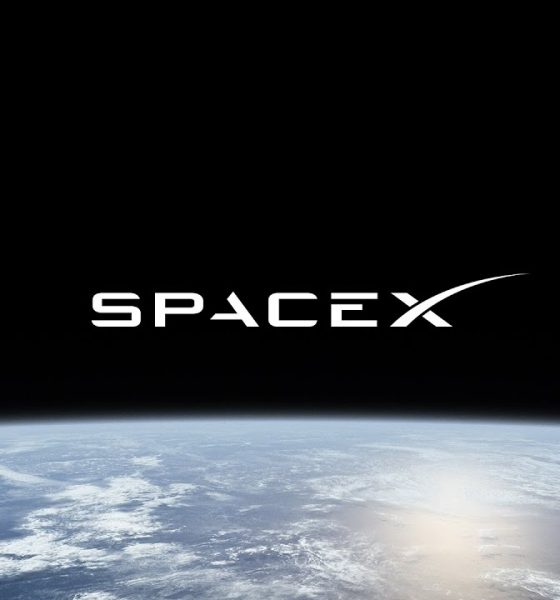The SpaceX and T-Mobile alliance will be life-saving during hurricanes, fires, and other natural disasters. SpaceX Founder, Elon Musk, and T-Mobile CEO, Mike Sievert, announced the new alliance which will end mobile dead zones by launching a new mobile service enabled by Starlink’s second-generation satellites and T-Mobile’s bandwidth.
During tonight’s press conference, Elon Musk said that this new service was meant to provide basic coverage to areas that are currently completely dead. When asked by KRGV’s Cristian von Preysing about the winter freeze, hurricanes, and flooding disasters, both CEOs answered. Mike Sievert emphasized that one of the top priorities of the industry which is a big benefit of this new service is redundancy.
“One of the things about starting next year with messaging as opposed to trying to plunge right in with voice and data right away is that with messaging we should be able to handle a lot of messages. Many, many thousands of messages can be sent. So when you do have outages that happen through natural disasters or otherwise, there’s an opportunity for people at scale to be connected in real-time.
“And Elon was saying, there could be a lag at first but he’s talking about before we reach commercial service. So eventually, as we hit commercial service and even in beta, this is a real-time message where you send a message, and you get an answer. You’re connected.”
He added that by starting out with just messaging, allows T-Mobile to address use cases such as cellular networks being vulnerable to the weather.
Elon Musk added,
“This really is a big deal. Great question to ask because even if an entire region or country lost connectivity because of a severe hurricane or floods or fires or tornadoes, earthquakes there’s so many natural disasters.”
“Even if all the cell towers were taken out your phone would still work.”
This is a game changer for areas that are constantly impacted by disasters such as my own.
During my interview with Elon Musk, I told him about what happened to me and many others during the aftermath of hurricane Ida. The storm knocked out not only all eight Entergy transmission lines in New Orleans but communications as well. I was without power for a week and was one of the lucky ones.
Only people with Verizon were sometimes able to send a text. I have T-Mobile and I was unable to text my friends out of state and tell them that I was okay. Being cut off from communications like that made me feel entirely disconnected from the rest of the world–forgotten, even. And that’s a daunting feeling.
This was on my mind during my interview with Elon Musk. Earlier this summer, Elon Musk invited me down to Giga Texas to interview him on my gem and mineral podcast during the end-of-quarter push.
“When we had Ida, my power was out for a week. When the hurricane hit, the communications and southeast Louisiana were completely wiped out. We were using–I forgot the name of the app but Cajun Navy uses this app to rescue people. They’d go from place to place to place. It just kind of made me think of that–Starlink.”
“Starlink would definitely help organizations like the Cajun Navy as well as others just to be able to communicate better, especially with the government [agencies, I meant to say]. And not just in my area but in other areas, too.”
“It would be cool to see something like that on a more–installed on your phone to keep people connected.”
Elon told me that a phone is able to act like a short-range walkie-talkie but that SpaceX could create a WiFi bridge.
“Certainly one’s phone is capable of behaving at least as a short-range walkie-talkie even if it’s not connected to the internet in any way. We could basically create a WiFi bridge. Is that what you’re talking about?”
“Just something to keep people connected during the disasters you don’t have to worry about a friend is missing and they can call and say ‘hey I’m okay power’s out we’re conserving battery,” I told him.
Tonight’s news will do exactly this.
Your feedback is important. If you have any comments, or concerns, or see a typo, you can email me at johnna@teslarati.com. You can also reach me on Twitter @JohnnaCrider1

News
Tesla FSD fleet is nearing 7 billion total miles, including 2.5 billion city miles
As can be seen on Tesla’s official FSD webpage, vehicles equipped with the system have now navigated over 6.99 billion miles.

Tesla’s Full Self-Driving (Supervised) fleet is closing in on almost 7 billion total miles driven, as per data posted by the company on its official FSD webpage.
These figures hint at the massive scale of data fueling Tesla’s rapid FSD improvements, which have been quite notable as of late.
FSD mileage milestones
As can be seen on Tesla’s official FSD webpage, vehicles equipped with the system have now navigated over 6.99 billion miles. Tesla owner and avid FSD tester Whole Mars Catalog also shared a screenshot indicating that from the nearly 7 billion miles traveled by the FSD fleet, more than 2.5 billion miles were driven inside cities.
City miles are particularly valuable for complex urban scenarios like unprotected turns, pedestrian interactions, and traffic lights. This is also the difference-maker for FSD, as only complex solutions, such as Waymo’s self-driving taxis, operate similarly on inner-city streets. And even then, incidents such as the San Francisco blackouts have proven challenging for sensor-rich vehicles like Waymos.
Tesla’s data edge
Tesla has a number of advantages in the autonomous vehicle sector, one of which is the size of its fleet and the number of vehicles training FSD on real-world roads. Tesla’s nearly 7 billion FSD miles then allow the company to roll out updates that make its vehicles behave like they are being driven by experienced drivers, even if they are operating on their own.
So notable are Tesla’s improvements to FSD that NVIDIA Director of Robotics Jim Fan, after experiencing FSD v14, noted that the system is the first AI that passes what he described as a “Physical Turing Test.”
“Despite knowing exactly how robot learning works, I still find it magical watching the steering wheel turn by itself. First it feels surreal, next it becomes routine. Then, like the smartphone, taking it away actively hurts. This is how humanity gets rewired and glued to god-like technologies,” Fan wrote in a post on X.
News
Tesla starts showing how FSD will change lives in Europe
Local officials tested the system on narrow country roads and were impressed by FSD’s smooth, human-like driving, with some calling the service a game-changer for everyday life in areas that are far from urban centers.

Tesla has launched Europe’s first public shuttle service using Full Self-Driving (Supervised) in the rural Eifelkreis Bitburg-Prüm region of Germany, demonstrating how the technology can restore independence and mobility for people who struggle with limited transport options.
Local officials tested the system on narrow country roads and were impressed by FSD’s smooth, human-like driving, with some calling the service a game-changer for everyday life in areas that are far from urban centers.
Officials see real impact on rural residents
Arzfeld Mayor Johannes Kuhl and District Administrator Andreas Kruppert personally tested the Tesla shuttle service. This allowed them to see just how well FSD navigated winding lanes and rural roads confidently. Kruppert said, “Autonomous driving sounds like science fiction to many, but we simply see here that it works totally well in rural regions too.” Kuhl, for his part, also noted that FSD “feels like a very experienced driver.”
The pilot complements the area’s “Citizen Bus” program, which provides on-demand rides for elderly residents who can no longer drive themselves. Tesla Europe shared a video of a demonstration of the service, highlighting how FSD gives people their freedom back, even in places where public transport is not as prevalent.
What the Ministry for Economic Affairs and Transport says
Rhineland-Palatinate’s Minister Daniela Schmitt supported the project, praising the collaboration that made this “first of its kind in Europe” possible. As per the ministry, the rural rollout for the service shows FSD’s potential beyond major cities, and it delivers tangible benefits like grocery runs, doctor visits, and social connections for isolated residents.
“Reliable and flexible mobility is especially vital in rural areas. With the launch of a shuttle service using self-driving vehicles (FSD supervised) by Tesla in the Eifelkreis Bitburg-Prüm, an innovative pilot project is now getting underway that complements local community bus services. It is the first project of its kind in Europe.
“The result is a real gain for rural mobility: greater accessibility, more flexibility and tangible benefits for everyday life. A strong signal for innovation, cooperation and future-oriented mobility beyond urban centers,” the ministry wrote in a LinkedIn post.
News
Tesla China quietly posts Robotaxi-related job listing
Tesla China is currently seeking a Low Voltage Electrical Engineer to work on circuit board design for the company’s autonomous vehicles.

Tesla has posted a new job listing in Shanghai explicitly tied to its Robotaxi program, fueling speculation that the company is preparing to launch its dedicated autonomous ride-hailing service in China.
As noted in the listing, Tesla China is currently seeking a Low Voltage Electrical Engineer to work on circuit board design for the company’s autonomous vehicles.
Robotaxi-specific role
The listing, which was shared on social media platform X by industry watcher @tslaming, suggested that Tesla China is looking to fill the role urgently. The job listing itself specifically mentions that the person hired for the role will be working on the Low Voltage Hardware team, which would design the circuit boards that would serve as the nervous system of the Robotaxi.
Key tasks for the role, as indicated in the job listing, include collaboration with PCB layout, firmware, mechanical, program management, and validation teams, among other responsibilities. The role is based in Shanghai.
China Robotaxi launch
China represents a massive potential market for robotaxis, with its dense urban centers and supportive policies in select cities. Tesla has limited permission to roll out FSD in the country, though despite this, its vehicles have been hailed as among the best in the market when it comes to autonomous features. So far, at least, it appears that China supports Tesla’s FSD and Robotaxi rollout.
This was hinted at in November, when Tesla brought the Cybercab to the 8th China International Import Expo (CIIE) in Shanghai, marking the first time that the autonomous two-seater was brought to the Asia-Pacific region. The vehicle, despite not having a release date in China, received a significant amount of interest among the event’s attendees.










